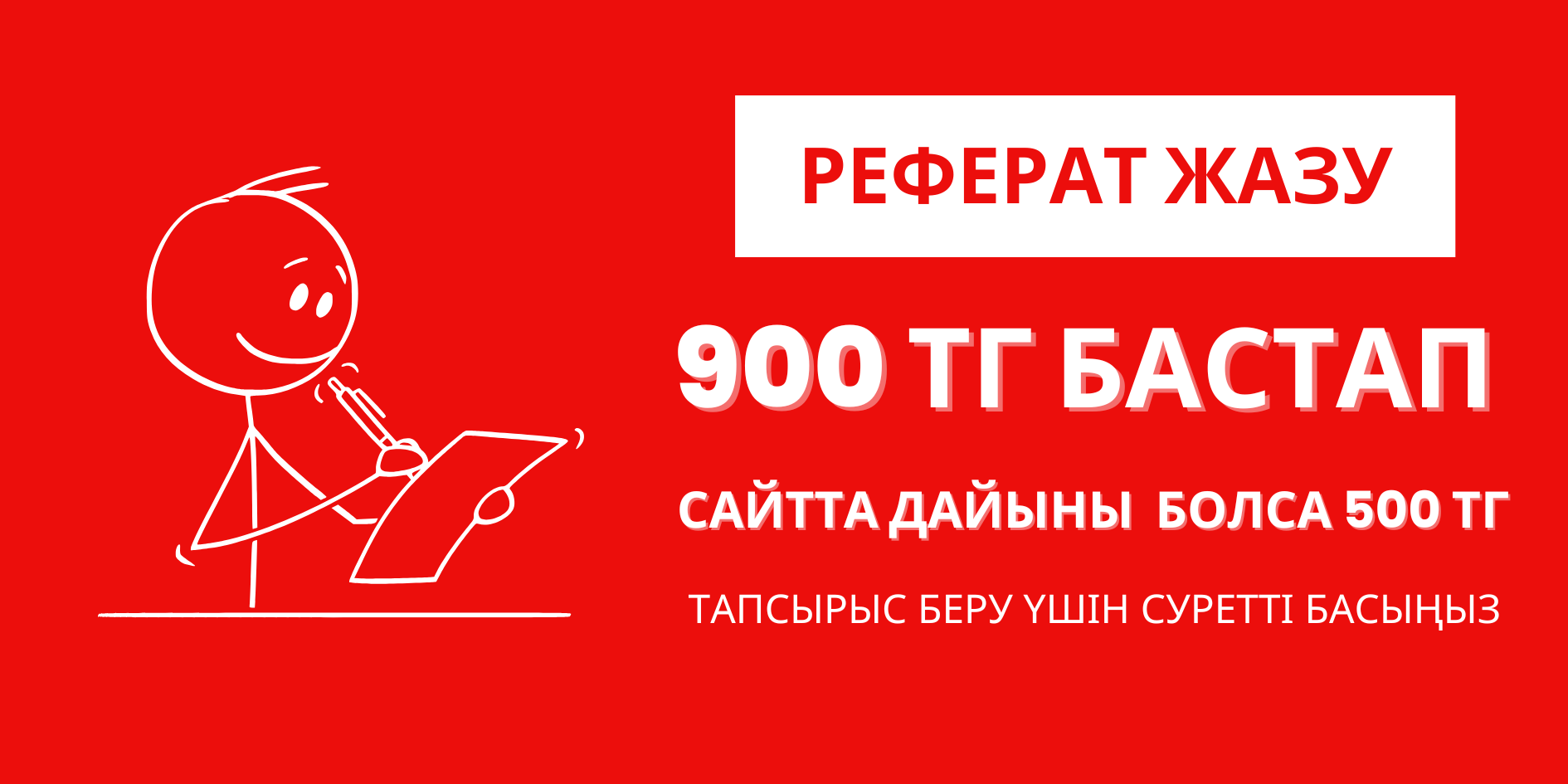Nootropics
Nootropic drugs are medicines that exert special influence on the higher integrative functions of the brain, stimulating memory, training, improving mental activity. It manifests itself in mental deficiency associated with organic brain lesions.
Nootropics increase memory, reduce fatigue. But the effects appear gradually, not immediately after taking the drug. It should be noted that these preparations do not affect the higher nervous system of healthy animals and the psyche of a healthy person. They do not normally change many behavioral reactions, conditioned reflexes, bioelectrical activity of the brain, motor activity.
Classification of nootropic drugs.
- Derivatives of pyrrolidone: pyracetam
- Derivatives of GABA: Phenibut; aminalon
- Preparations of neurotrophic factors: cerebrolysin,
The mechanism of action of nootropics: the pharmacotherapeutic effect of nootropics at the molecular level under pathological conditions is favored by the influence on neurometabolism and the energy of the brain. The basic nootropic drugs used in practice imitate the metabolic effects of gamma-aminobutyric acid (GABA). They improve the metabolism of brain cells and, above all, the metabolism of glucose and oxygen in them, increase the resistance of cells to hypoxia, improve the blood supply of the brain, and the connection between the hemispheres. As a result of the restoration of disturbed metabolic processes in different parts of the brain, there is a pronounced effect on the integrative activity of the brain and the processes of information transfer in the brain. Improvement of metabolic processes in neurons allows to increase neuronal plasticity – i.e. increase the adaptive capacity of nerve cells, reduce their exposure to damaging factors. Probably, under the influence of nootropics, the tatta-rhythm of various brain structures and information transfer processes in the brain is tuned.
Indications for use of nootropics:
- cerebrovascular diseases: ischemic and hemorrhagic strokes;
- children of mentally retarded, with varying degrees of oligophrenia; in children with memory, attention, speech;
- at conditions after concussion;
- the elderly, the elderly, in geriatrics to improve memory, mood;
- for chronic treatment of drug addicts, alcoholics;
- with enuresis in young children;
- to potentiate the effects of immunostimulants.
Side effects of nootropics: stimulation of the brain can lead to irritability, sleep disturbance, mood, anxiety in children, increased blood pressure, sexual excitability. Therefore, they use intermittent courses (2-3 weeks each)
Aminolone is a GABA preparation obtained synthetically. GABA is a brake mediator, which plays an important role in the metabolic processes of the nervous tissue. The drug stimulates tissue respiration, activates the enzymes of the Krebs cycle, improves the utilization of glucose by neurons. Features of the drug are: a decrease in heart rate and blood pressure in patients with GB, acceleration of awakening at coma, normalization of glucose level in hyperglycemia, moderate anticonvulsant action in epilepsy.
Pyracetam (nootropil) is a cyclic derivative of GABA. along with nootropic effect has anticonvulsant activity, immunomodulating effects. The drug is also a daytime tranquilizer, providing an anti-anxiety effect.
Phenibut inhibits GABA transaminase and increases the release of GABA, has the properties of a weak daytime tranquilizer with analgesic, anticonvulsant and muscle relaxant activity, potentiates the action of substances depressing the central nervous system.
Cerebrolysin consists of low-molecular polypeptides that exert a neurospecific effect, similar to the effects of nerve growth factors. Cerebrolysin oligopeptides, unlike native neurotrophic substances, easily overcome the BBB after the drug is injected into the vein.
Propentofylline reduces the release of neurotoxic substances by microglia cells, restores the production of nerve growth factors.
Vasoactive agents
In the pathogenesis of ischemic disorders of cerebral circulation, inadequate changes in the tone of the vascular wall in the form of spasm or pathological vasodilation are of great importance. Therefore, to correct cerebral dyscirculatory disorders, medications that affect vascular tone are used, vasoactive drugs. Vasoactive means, promotes better oxygenation of brain tissue, normalization of metabolic processes and improvement of the clinical state of patients.
Classification of vasoactive agents:
Vasodilators: Cavinton, vinpocetine, cinnarizine, preparations of nicotinic acid, instenon, papaverine
Vasotonizing drugs: sumatriptan
Mixed type: tanakan, ginkofar
Pharmacodynamics of vasodilators: directly acting on smooth muscles dilate the vessels of the brain; strengthen cerebral blood flow, improve blood supply to the brain with oxygen; improve the utilization of glucose by neurons, promotes the accumulation of cAMP, ATP; reduce platelet aggregation; increase the content of catecholamines in the central nervous system.
Indications for use of vasodilators: neurological and mental disorders associated with impaired cerebral circulation (stroke, trauma, sclerosis); memory disorders; hypertensive encephalopathy.
Vinpocetine (Cavinton) is a strong vasodilator. Mechanism of action: along with the vasodilator effect shows neuro-metabolic effects, increasing the content of monoamines and the assimilation of glucose and oxygen in the brain tissue. Due to its pronounced effect on blood circulation and metabolism, it is called “vasoactive nootropic”. The vasoactive effect of the drug increases in conditions of hypoxia. Side effects: with extensive stroke, disruption of autoregulation, it is possible to develop “direct stealing syndrome”, therefore, in the acute and acute period of cerebral stroke, especially hemorrhagic, the drug is not used; in patients with IHD can cause rhythm disturbances.
Cinnarizine, nimodipine – calcium antagonists. The mechanism of action is aimed at restoring the calcium balance in the neurons and vessels of the brain. The drugs weaken the influx of calcium through the channels of the cell membranes into the neurons and smooth muscle cells of the vessels, thereby weakening the development of a cascade of metabolic, biochemical and circulatory disorders that lead to irreversible damage to the nerve cells, redistribute the blood from hyperperfusion sites to the ischemia zone (do not cause steal syndrome) .
Tanakan is an extract of the leaves of Ginkgo bilobate, contains terpenic substances and flavonoids, which improve the cerebral blood flow and the functions of the neurotransmitter systems, are active antioxidants. The drug eliminates arterial vasospasm, while increasing the tone of capillaries and veins, normalizes the increased permeability of capillaries and BBB. Reducing platelet aggregation and expanding the vessels of the brain, tanakan prevents thrombogenesis. Side effects: headache, skin rashes, indigestion.
Pharmacodynamics of vasotonizing agents: effects on serotonin receptors contribute to the normalization of the tone of paralytic arterioles; spasms arterio-venous anostomosis, which reduces the outflow of blood in the veins of the scalp and directs it to the capillaries of the brain; eliminates the transudation, neurogenic inflammation and irritation of the painful endings of the dura mater.
Sumatriptan (imigran) – a selective agonist of serotonin receptors, has a vasotonizing effect. Side effects: burning at the injection site, a feeling of heaviness in the head, a feeling of heat, drowsiness, arrhythmia, spasm of the coronary vessels.
Antioxidants
Antioxidants (AO) – substances that control the level of free radical reactions of oxidation and prevent the accumulation in the body of their toxic products. In addition to this action, the AO takes active part in various parts of the metabolism (in particular, in the breathing chain of mitochondria), the synthesis and metabolism of many BASs, affect the state of the regulatory systems of the cell and its structure.
Antioxidant preparations are drugs of different chemical structure, inhibiting or blocking the processes of free radical oxidation and / or promoting an increase in the body level of substances with antioxidant action.
Pharmacodynamics of antioxidants
The reasons for the activation of lipid peroxidation (LPO) can be different, including hypoxic states; inflammatory, neoplastic or allergic processes; stress of any genesis; atherosclerosis, as well as the administration of some pro-oxidant drugs (tetracyclines, isoniazid, paracetamol, aminazine, primachin, adriamycin, rubomycin, iron, copper, mercury, lead, etc.).
Only 1-2% of the total amount of oxygen consumed in the body undergoes a monovalent reduction with the formation of reactive oxygen species (ROS), i.e., compounds having an unpaired electron. One of the most sensitive to the action of free radical forms of cell components are unsaturated fatty acids, which are part of the phospholipids of cellular and subcellular membranes. The interaction of free radicals with polyunsaturated fatty acids leads to chain reactions, known as LPO reactions.
In the human body there are both systems of generation of ROS, and quite effective systems for protecting intact cells from such forms. Normally, there is an equilibrium between these systems, and under different pathological conditions, it shifts towards uncompensated products of the AFK. Balance can be balanced with antioxidants that can directly interact with ROS, eliminate iron and copper ions, activate free radical reactions, change the structure of membranes, increase the activity of antioxidant endogenous enzymes.
The main aspects of the AO action mechanism: direct interaction with free oxygen radicals; binding of iron and copper ions catalyzing free radical reactions; a change in the structure of the cell membrane (an obstacle to the interaction of oxidants with substrates).
The most powerful natural AO are vitamins C, A, E, microelements of zinc, copper, manganese and selenium. Between these substances there is a close metabolic relationship. The effectiveness of each of them increases with their combined application, due to mutual synergism.
Vitamin A increases the phagocytic activity of leukocytes, causes the destruction of free radicals and carcinogens, promotes the prevention of cardiovascular, ophthalmic and oncological diseases.
Vitamin E is a natural antioxidant, has a pronounced effect by inhibiting the oxidation of lipids and stabilizes redox and metabolic processes in the body.
Vitamin C is involved in the regeneration (restoration) of tissues, normalizes the permeability of capillaries. It neutralizes many toxic substances and plays a key role in immunological reactions, increasing the synthesis of interferons (antiviral substances).
Selenium is part of the enzyme system – glutathione-peroxinase, which protects biological membranes from the damaging effects of free radicals. Positively affects the functions of the thyroid gland, immunity, stimulating the formation of antibodies in infection. Selenium is a synergist of vitamin E.
Zinc is part of the antioxidant enzyme superoxide dismutase and promotes the absorption of vitamin A.
Manganese stimulates the synthesis of immunoglobulins and is also a component of superoxide dismutase, which plays an important role in protecting the body from the harmful effects of peroxide radicals.
Copper is involved in the formation of hemoglobin and erythrocytes, in energy exchange processes, accelerates recovery.
Mexidol – a synthetic drug, belongs to the group of antihypoxants with nootropic and anxiolytic properties and antioxidant effect. Has a wide range of pharmacological activities: it is antihypoxic, stress-protective, nootropic, anticonvulsant and anxiolytic drug that inhibits free-radical lipid oxidation processes.
The drug increases the resistance of the body to the effects of various damaging factors, to oxygen-dependent pathological conditions (shock, hypoxia and ischemia, cerebral circulation, alcohol intoxication and antipsychotic drugs (neuroleptics) .The drug improves cerebral metabolism and blood supply of the brain, improves microcirculation and rheological properties of blood, reduces the aggregation of platelets.The drug stabilizes the membrane structures of blood cells (erythrocytes and platelets), preventing g Molise has hypolipidemic effect, reducing the total cholesterol and low density lipoproteins. Decreases enzymatic toxemia and the endogenous toxicity in acute inflammation. Meksidol possesses anti-inflammatory and bactericidal action, inhibits protease enhances drainage function of the lymphatic system, it enhances microcirculation and stimulates the reparative and regenerative process



